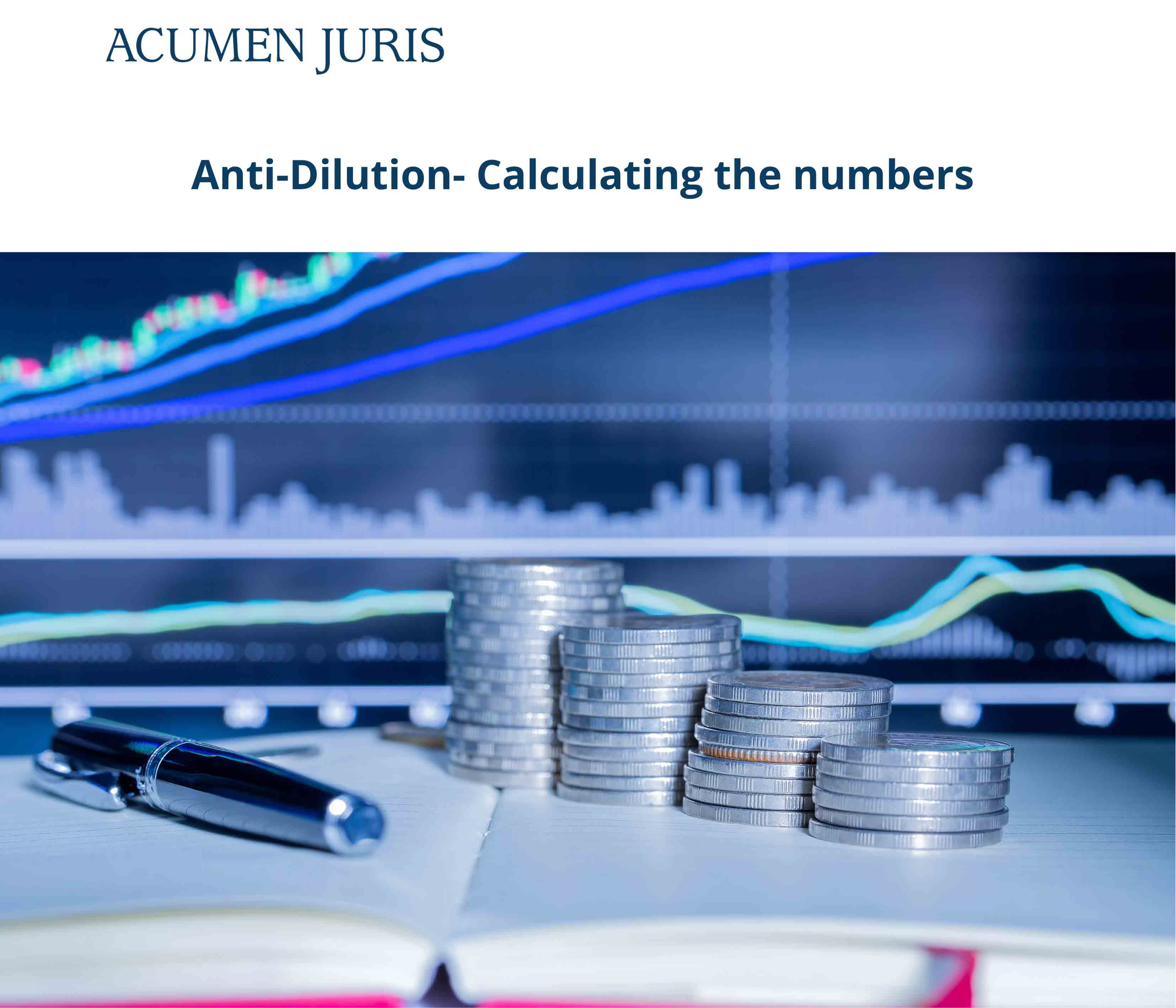Anti-Dilution means protecting against dilution and is the fundamental right sought by investors globally to protect their investments from dilution. With the present era of technology, start-ups, and investments, there is a race amongst the start-up founders to innovate and develop new ideas and the investors to look for promising start-ups in order to invest. However, the investors simultaneously look for certain rights to protect themselves from dilution against any future pricing, since such pricing of new businesses is based on the prototype, the pilot model or the traction in the business model of the start-up, and is all notional and entirely pertains to the business it could develop and earn, and not the actual revenue stream or profit earnings. The investment strategy that the investors undertake is to invest in the potential start-ups, publicize it, develop it so that it reaches a certain benchmark, and then re-invest, publicize and develop it and keep repeating this process, but every time at a higher valuation, thereby increasing the worth of the start-up.
In essence, the term Anti-Dilution signifies a situation wherein when a start-up or a company receives a further round of investment at a price per share that is lesser than the price the shares obtained in the earlier round of investment. Therefore, adding the anti-dilution rights in investment agreements protect the investors and the money they invested in the start-up and adjusts the same in the next round transpiring at a lesser valuation, also known as the down round.
These anti-dilution rights shall be calculated either by ‘Full Rachet’ or based upon ‘Broad-Based Weighted Average Method’, where Broad-Based Weighted Average Method is most commonly followed in the industry not only by start-ups but also by investors since it averages the interests of both the parties.
This article focuses on the calculation matrix of both the abovementioned methodologies, which can be further understood on the basis of the following illustration:
- The Company has a share capital amount of INR 1050000 constituting 105000 shares of INR 10 each with investment from the Investors of the amount of INR 5 million at the price of INR 1000 per share, with the number of convertible shares issued to the investor aggregating to 5000 (5 million divides by 1000);
- The Company is now going for a down round of INR 1.5 million at the pricing of INR 750 per share.





